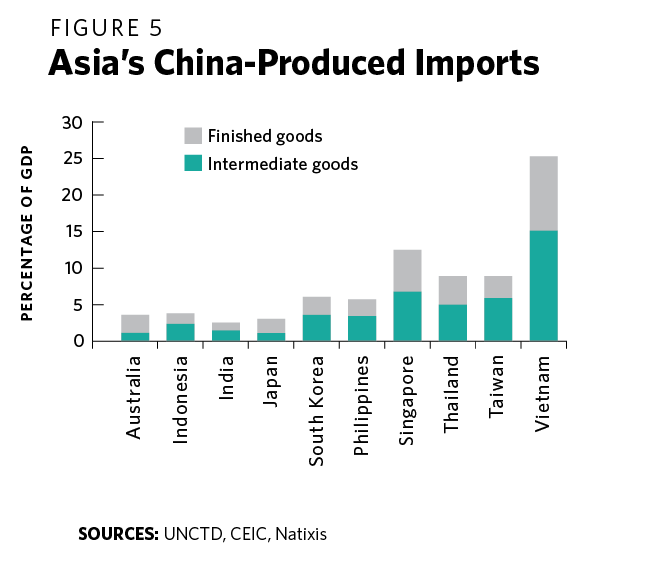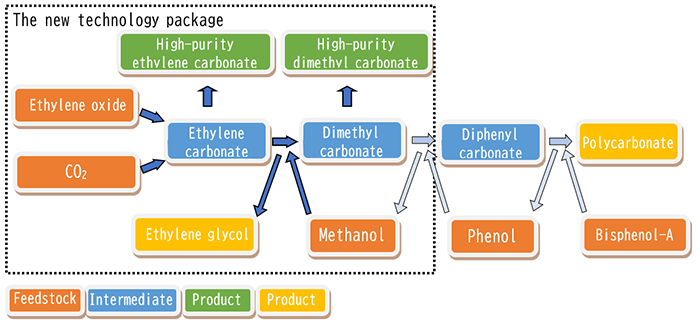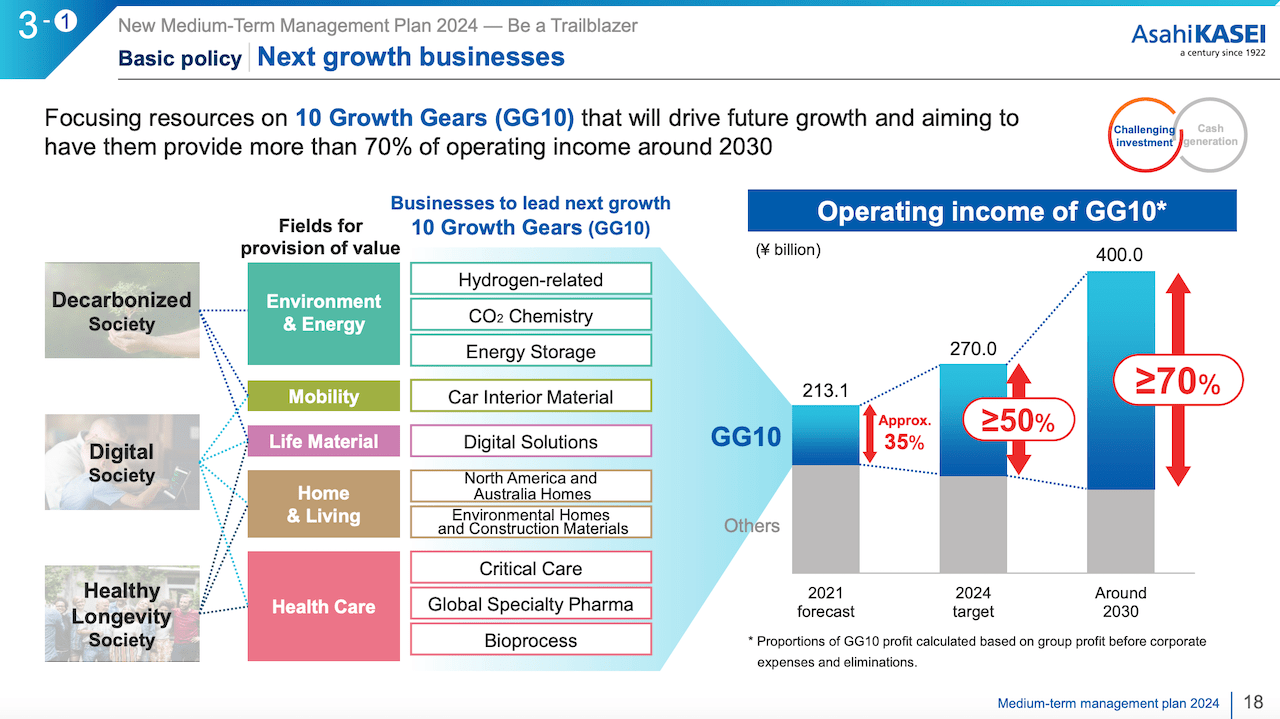Japan, known for its technological prowess and rich cultural heritage, has also been at the forefront of the chemical industry. The country’s journey in managing its chemical environment is a compelling tale of innovation, sustainability, and the quest for a balance between economic growth and ecological well-being.
Regulations Paving the Way: In the wake of environmental disasters and concerns over pollution, Japan has taken significant strides in implementing stringent regulations governing chemical manufacturing and usage. One landmark initiative was the Chemical Substance Control Law, established in 1973, which aimed to monitor and regulate the production and import of chemicals. This law set the foundation for a robust regulatory framework that prioritizes the safety of both citizens and the environment. Such regulations have spurred innovation in cleaner production methods, leading to the growth of green chemistry practices.
Green Chemistry Revolution: Japan’s commitment to sustainable chemistry is evident in its adoption of green chemistry principles. This innovative approach seeks to design and develop chemical products and processes that minimize environmental impact while maximizing efficiency. The integration of green chemistry has not only reduced the use of hazardous substances but has also fostered the creation of eco-friendly alternatives across various industries, from pharmaceuticals to electronics manufacturing.
Industrial Transformation: Japan’s chemical industry has undergone a transformation over the years, aligning its practices with environmental consciousness. Companies are increasingly investing in research and development to create greener alternatives, from biodegradable plastics to energy-efficient materials. This shift isn’t just a response to regulations; it’s a strategic move to stay competitive in a global market that values sustainability. As a result, Japan has emerged as a pioneer in developing technologies that address contemporary environmental challenges.
Balancing Innovation and Sustainability: The Japanese approach to the chemical environment is a delicate balancing act. While innovation remains a driving force, it’s now coupled with a deep understanding of the potential consequences of chemical processes and products. This perspective is particularly evident in sectors like electronics, where the development of smaller, more powerful devices goes hand in hand with reducing the use of hazardous materials. This simultaneous pursuit of progress and protection sets an example for other nations facing similar challenges.
Mitigating Environmental Impact: Japan’s dedication to mitigating chemical-related environmental impact extends beyond its borders. The country has been a proactive participant in international efforts to address global environmental issues. Through collaborations and knowledge-sharing, Japan contributes to the development of sustainable practices on a global scale. This inclusive approach underscores the nation’s commitment to a healthier planet and its willingness to learn from and support others in their journey toward sustainable development.
Tagging the Future: As Japan continues to shape its chemical environment, certain trends are emerging that will define its trajectory. One such trend is the emphasis on circular economy principles, which promote the reuse, recycling, and repurposing of chemical products and materials. Additionally, the integration of digital technologies like artificial intelligence and machine learning in chemical research is enhancing efficiency and accelerating the discovery of environmentally friendly solutions.
In conclusion, Japan’s intricate dance with its chemical environment showcases a remarkable synergy between innovation and sustainability. Through a combination of robust regulations, green chemistry practices, and a steadfast commitment to environmental protection, Japan is setting an example for the world. Its journey serves as a reminder that economic growth and ecological well-being can coexist harmoniously, creating a brighter future for generations to come.











